The poultry industry could soon have a new weapon against one of the UK's most common causes of food poisoning, as scientists are working on a new type of chicken feed that could help render tiny amounts of contamination visible to the naked eye.
Scientists at Aberystwyth University's Institute of Biological, Environmental and Rural Sciences (IBERS) are developing a substance that can be added to chicken feed during the last few days before slaughter, which later shows up under fluorescent light if carcases are contaminated with faecal matter. The marker is water-soluble and based on chlorophyll, the green substance used by plants during photosynthesis.
Contaminated poultry is a frequent cause of food poisoning in the UK. Last year, the FSA set out targets for reducing cases of campylobacter contamination, a common cause of poultry-related food poisoning, which currently affects about two-thirds of raw poultry sold in the UK. Campylobacter is often spread through contaminated faecal matter.
IBERS' Dr Michael Lee said poultry was increasingly popular in the UK, but this had been overshadowed by public health concerns. "Suppliers, consumers and public health officials remain concerned over the presence of pathogenic and spoilage micro-organisms in poultry meat and its by-products, which have resulted in large numbers of food poisoning attributed to poultry," he said. The technique being developed by his team would "improve public health by reducing food poisoning outbreaks", he added.
IBERS' chicken safety project builds on previous work undertaken by the institute on identifying faecal contamination on red meat. It is being supported by private partners including Waitrose and processor Randall Parker Foods.
The aim of the project was to create a 'gold standard' for screening carcases in abattoirs, allowing the Welsh food industry to benefit from the intellectual property rights to the technology, added Lee.
Scientists at Aberystwyth University's Institute of Biological, Environmental and Rural Sciences (IBERS) are developing a substance that can be added to chicken feed during the last few days before slaughter, which later shows up under fluorescent light if carcases are contaminated with faecal matter. The marker is water-soluble and based on chlorophyll, the green substance used by plants during photosynthesis.
Contaminated poultry is a frequent cause of food poisoning in the UK. Last year, the FSA set out targets for reducing cases of campylobacter contamination, a common cause of poultry-related food poisoning, which currently affects about two-thirds of raw poultry sold in the UK. Campylobacter is often spread through contaminated faecal matter.
IBERS' Dr Michael Lee said poultry was increasingly popular in the UK, but this had been overshadowed by public health concerns. "Suppliers, consumers and public health officials remain concerned over the presence of pathogenic and spoilage micro-organisms in poultry meat and its by-products, which have resulted in large numbers of food poisoning attributed to poultry," he said. The technique being developed by his team would "improve public health by reducing food poisoning outbreaks", he added.
IBERS' chicken safety project builds on previous work undertaken by the institute on identifying faecal contamination on red meat. It is being supported by private partners including Waitrose and processor Randall Parker Foods.
The aim of the project was to create a 'gold standard' for screening carcases in abattoirs, allowing the Welsh food industry to benefit from the intellectual property rights to the technology, added Lee.



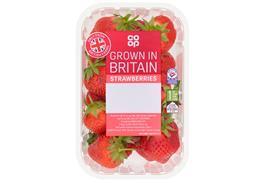



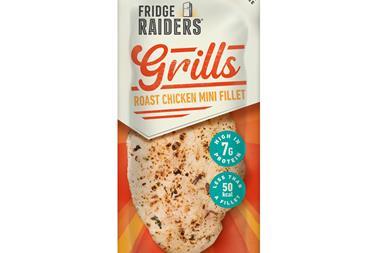

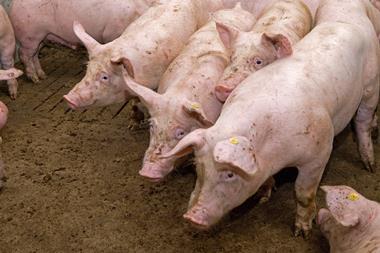

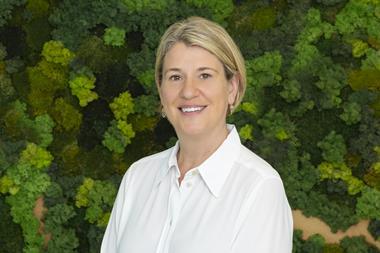
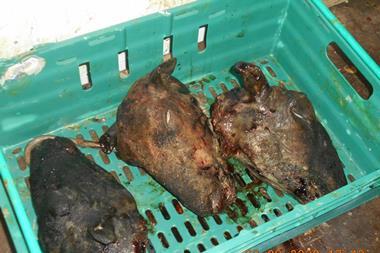

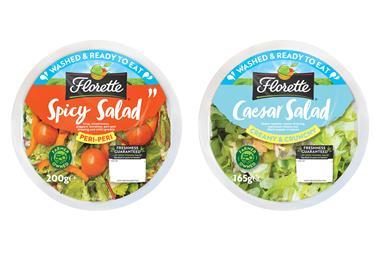
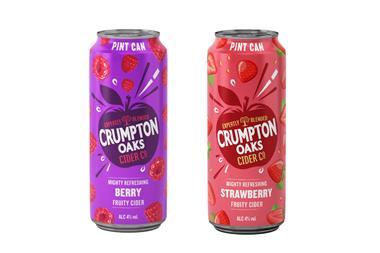


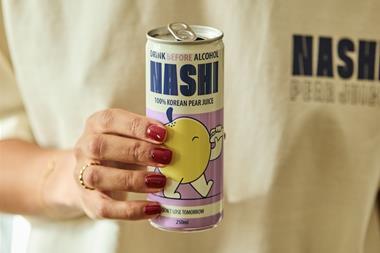
No comments yet